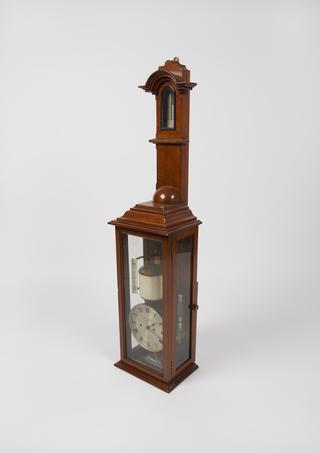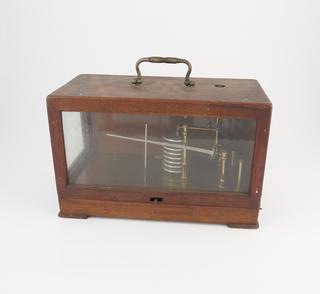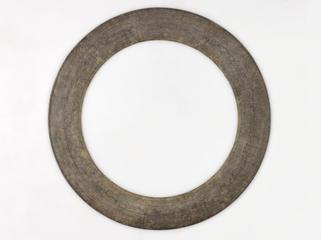
Open scale barograph by Short & Mason Ltd.
1944

1944

circa 1900

1873-1876

1850

1941

1931-1940



1950

1945-1954

1944

1944

1910

1950-1959

circa 1880

1766
1841
1875
1903
1857
1909-1914
1903
1903
1867
1862